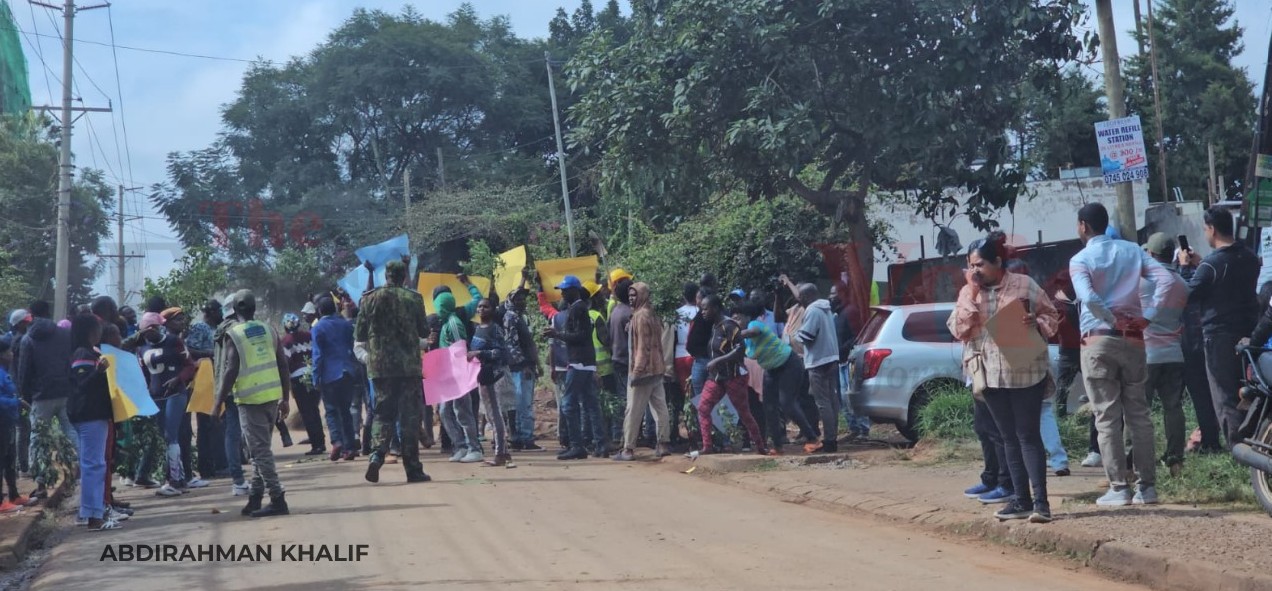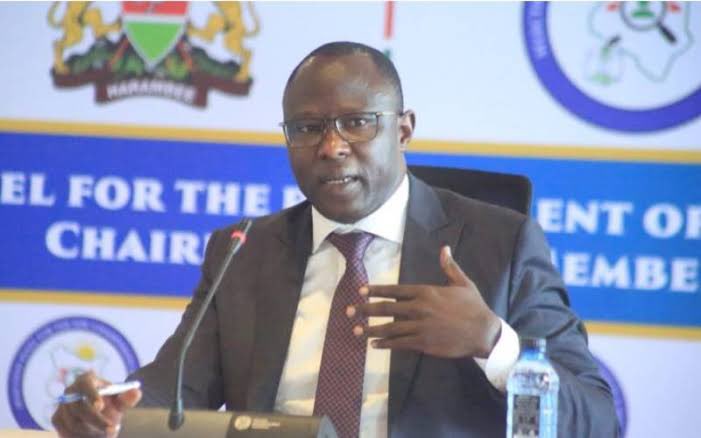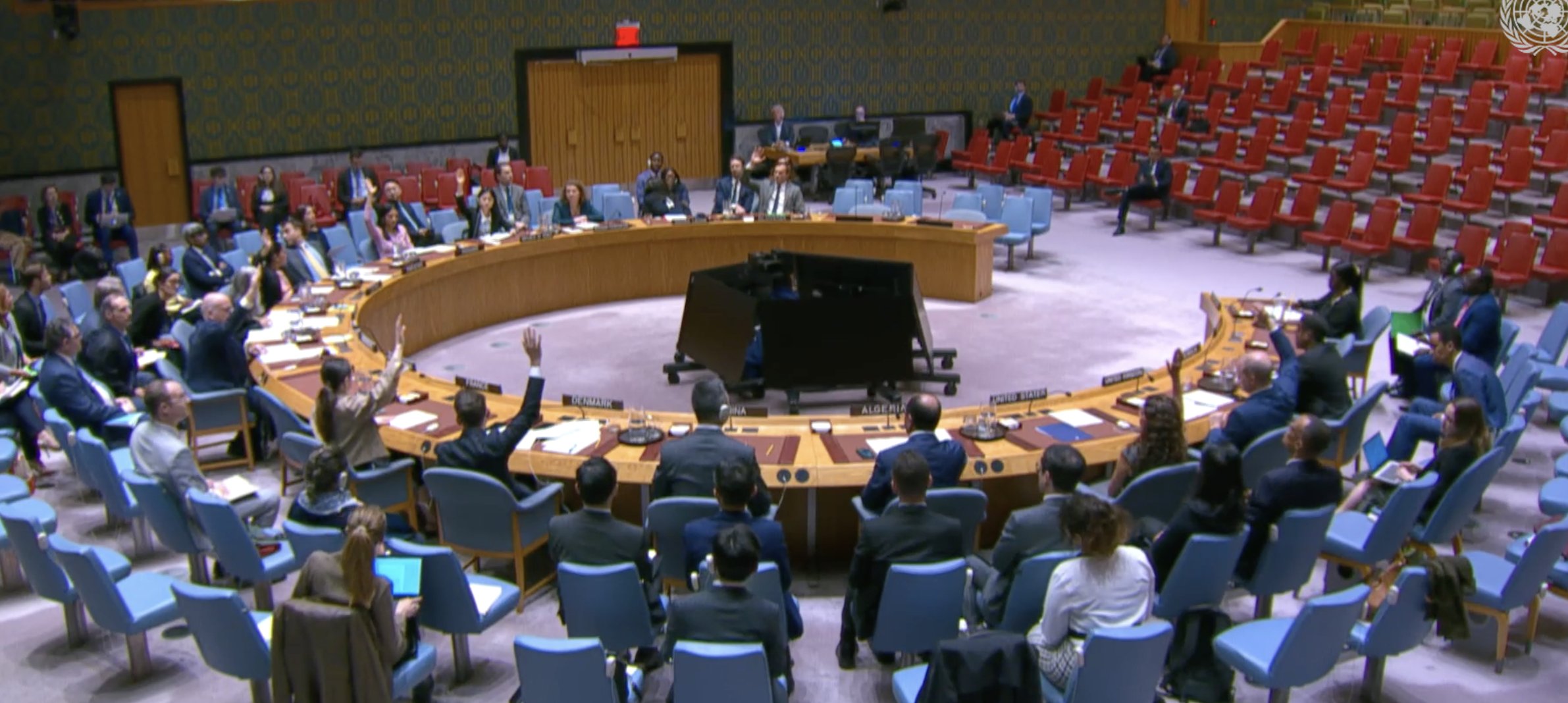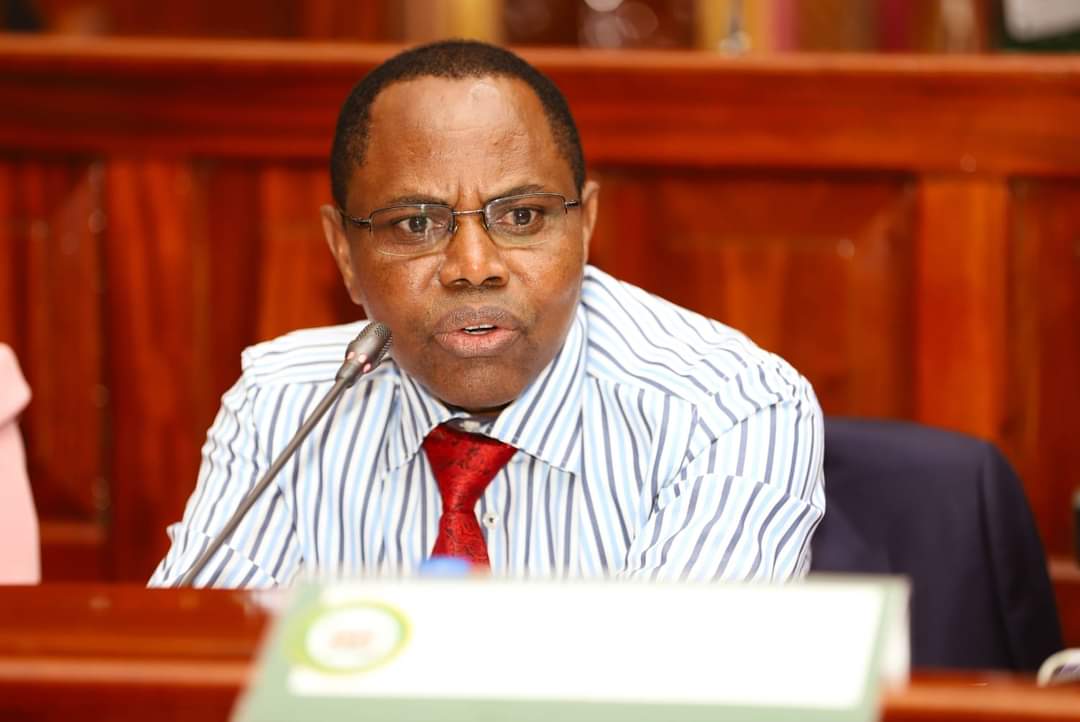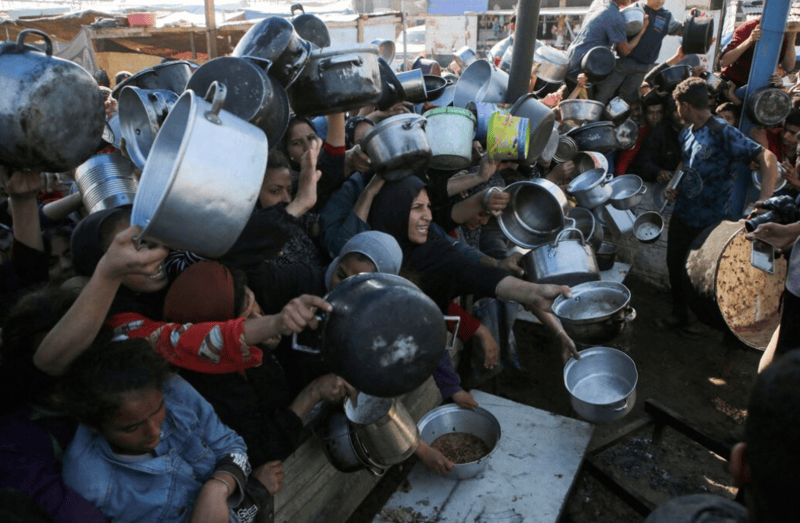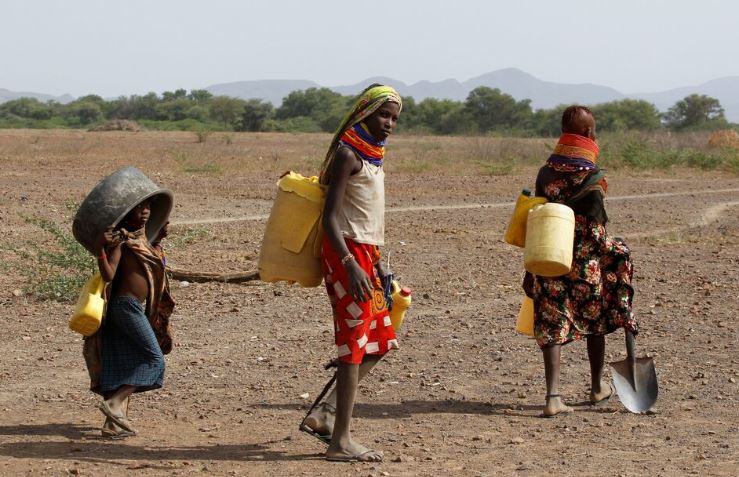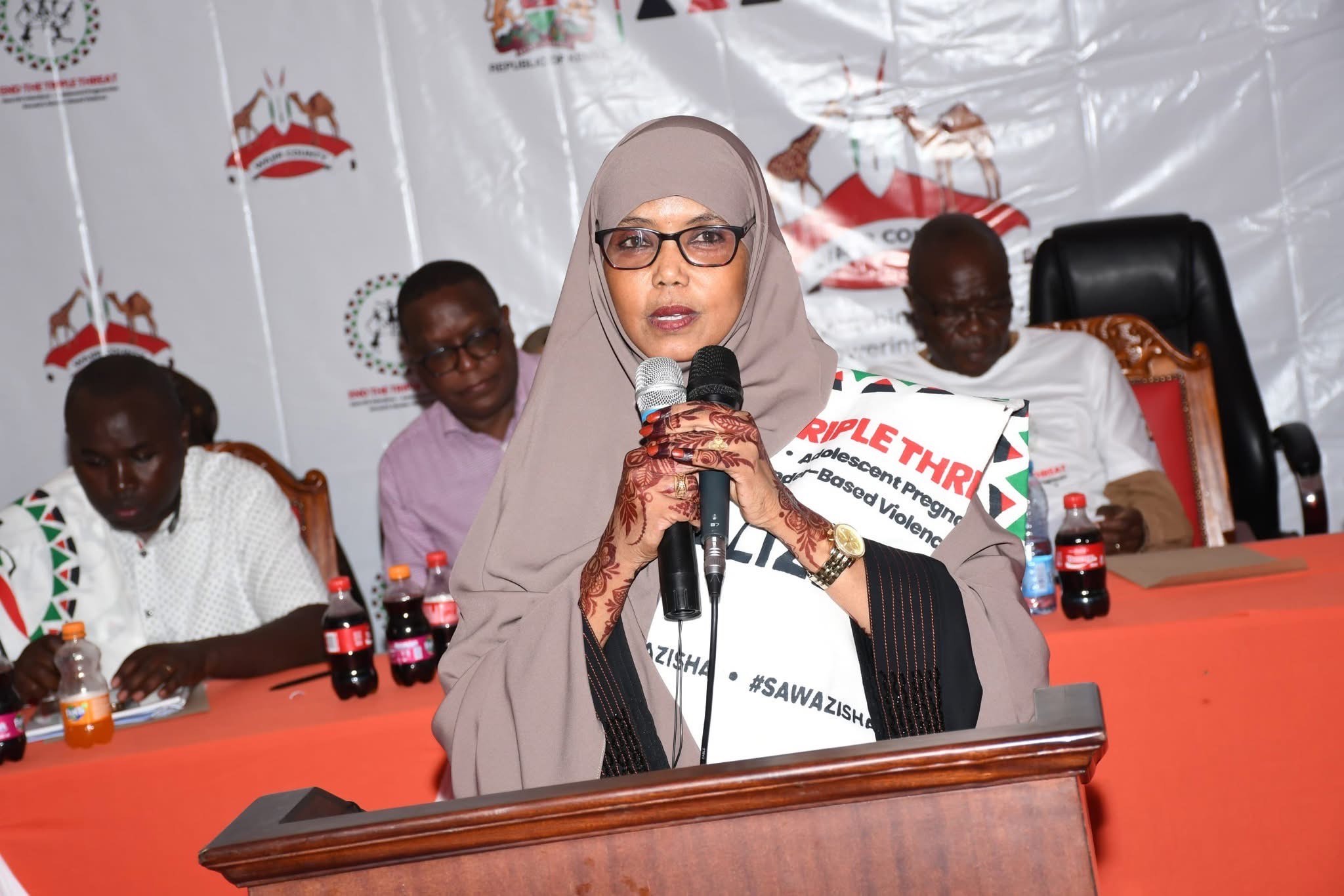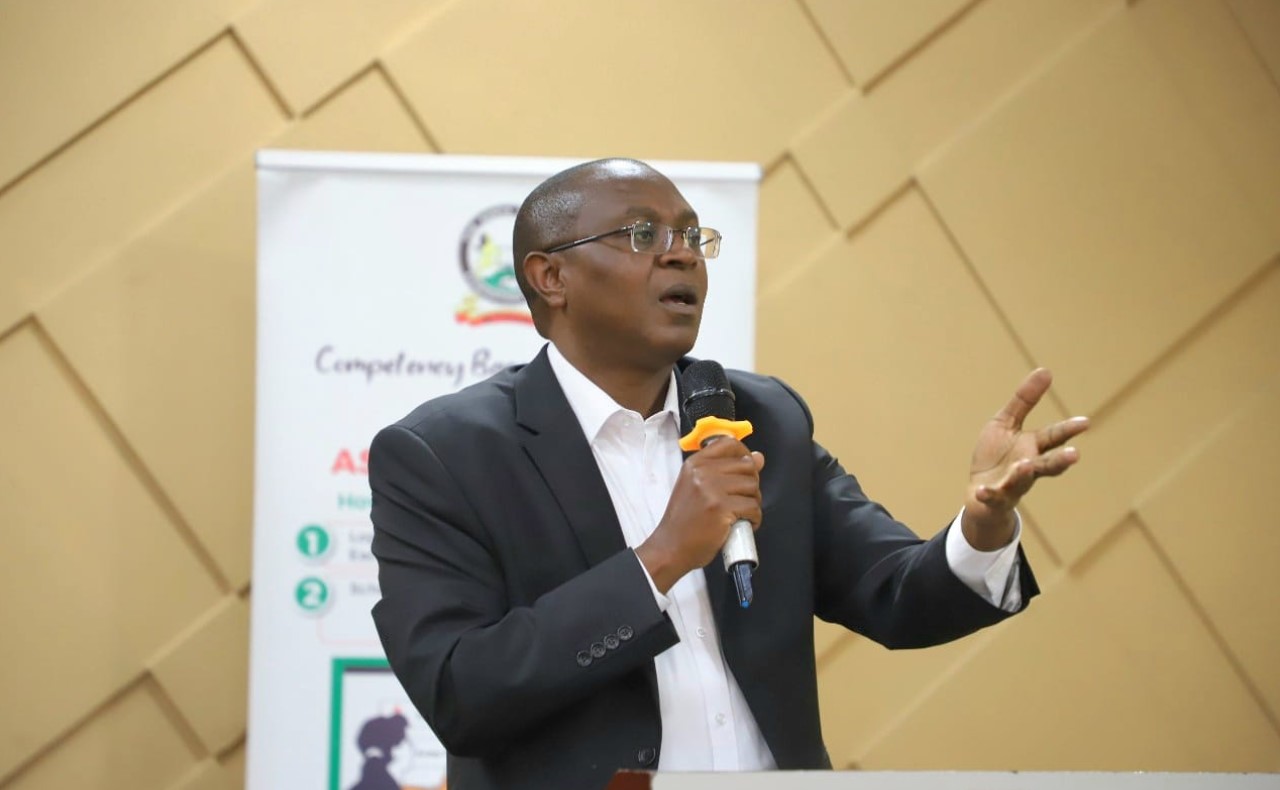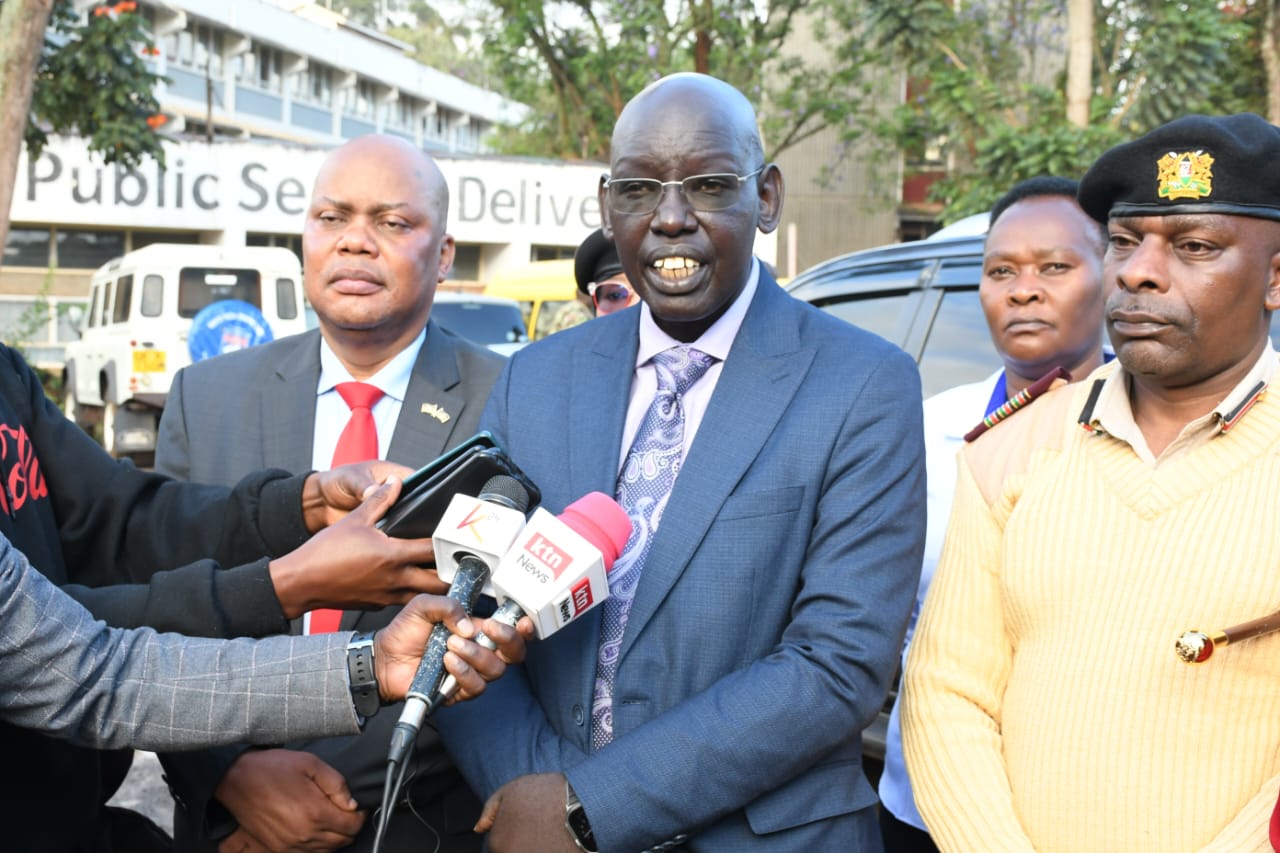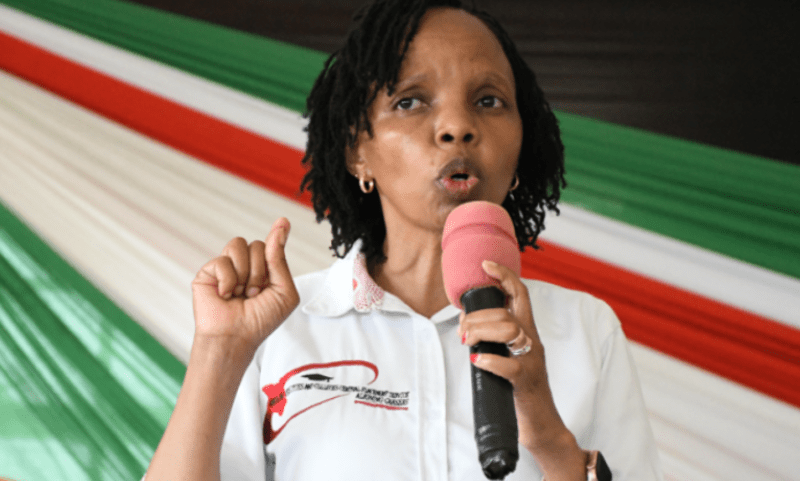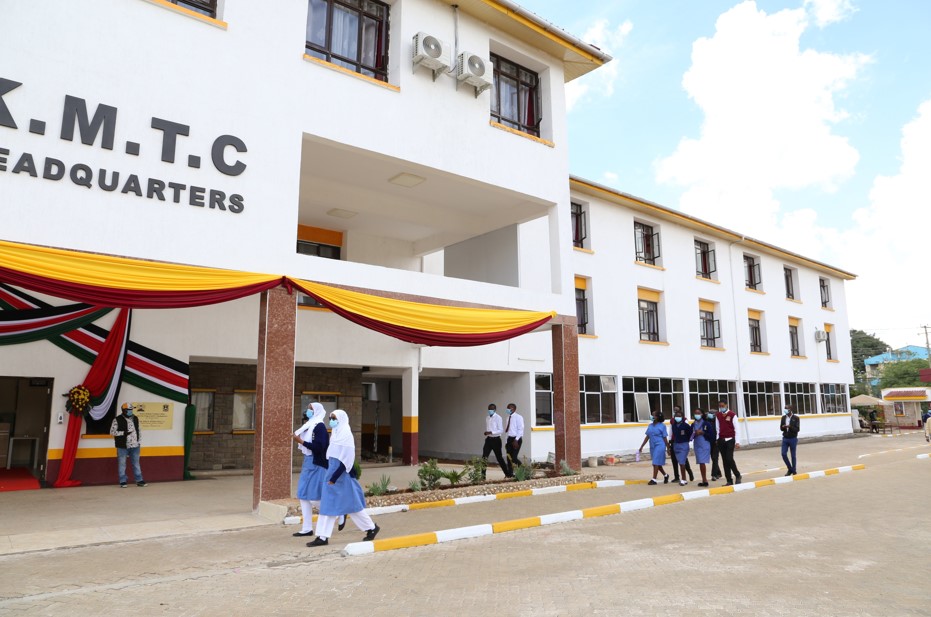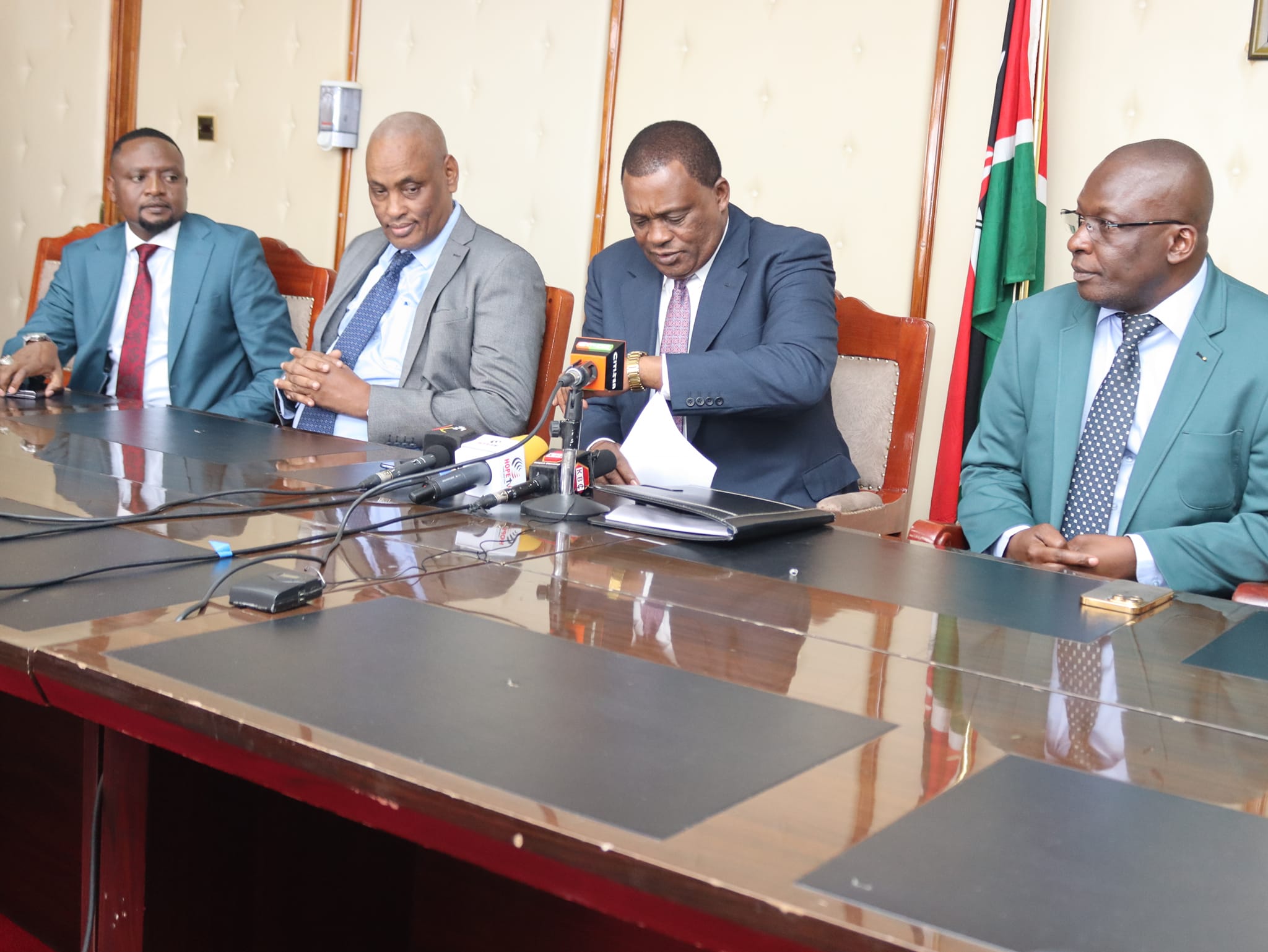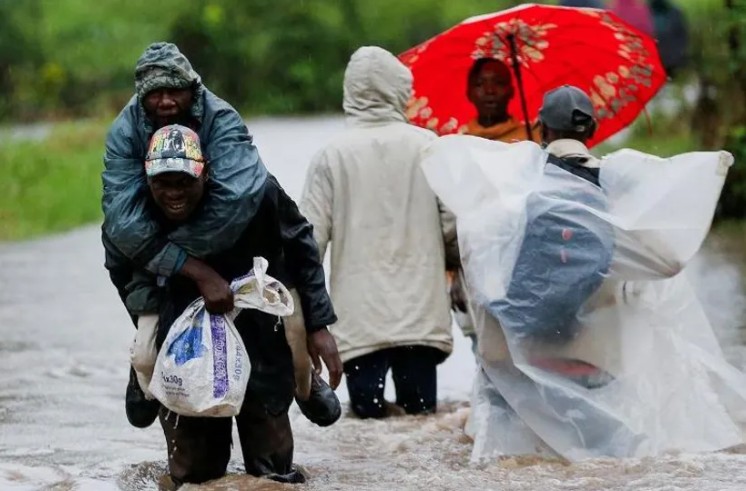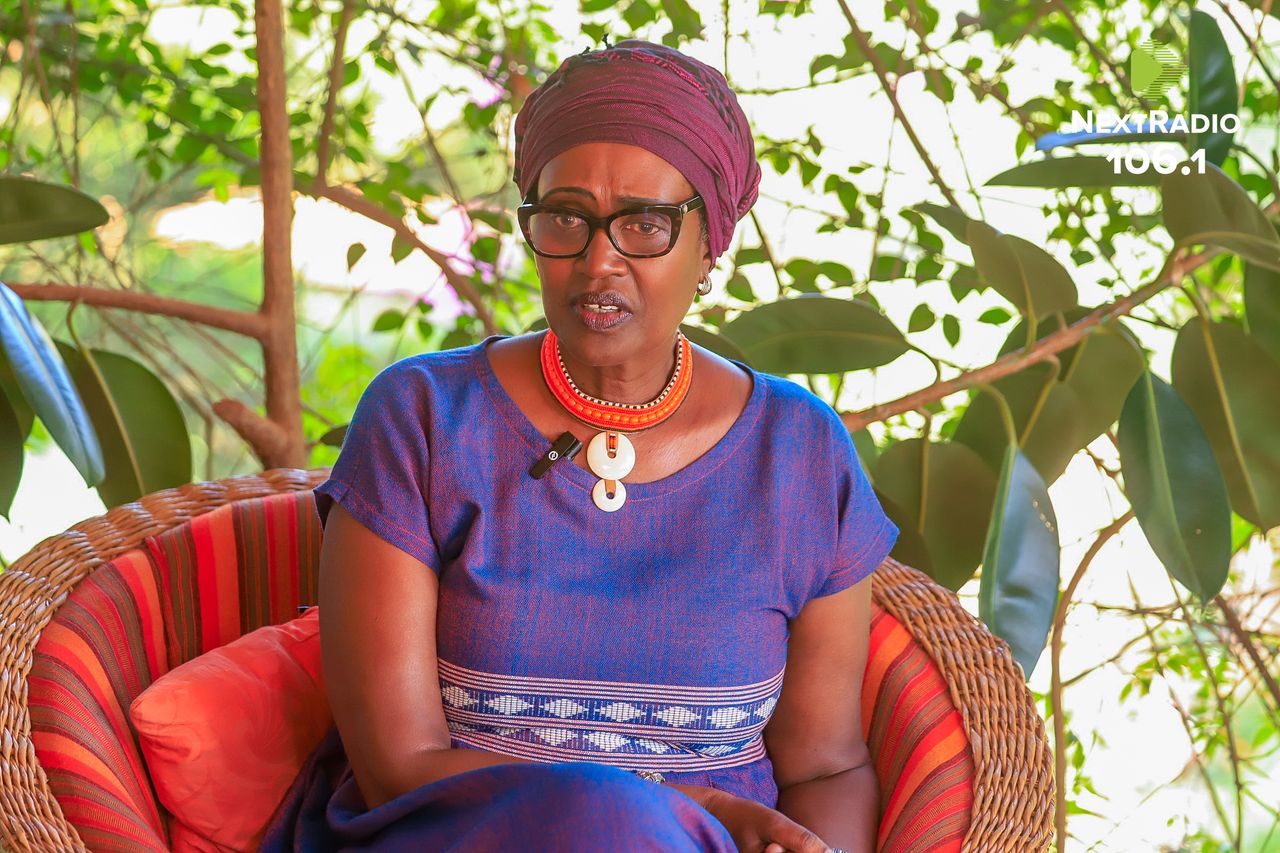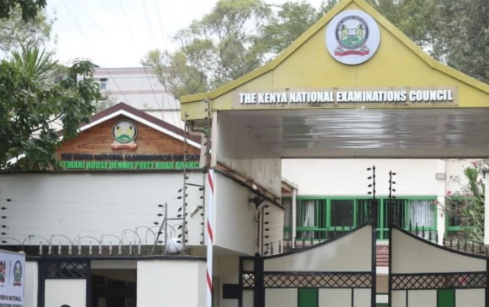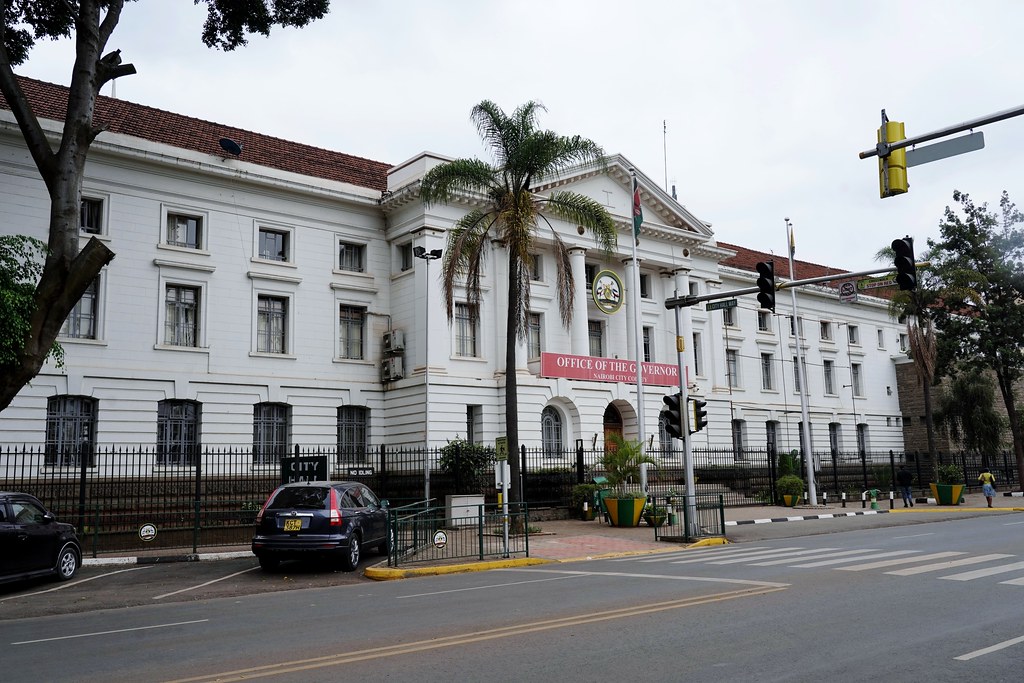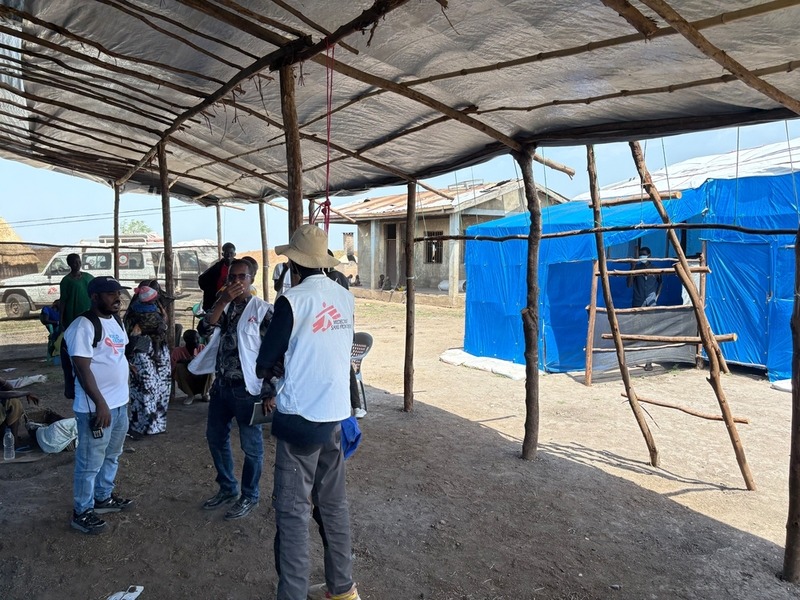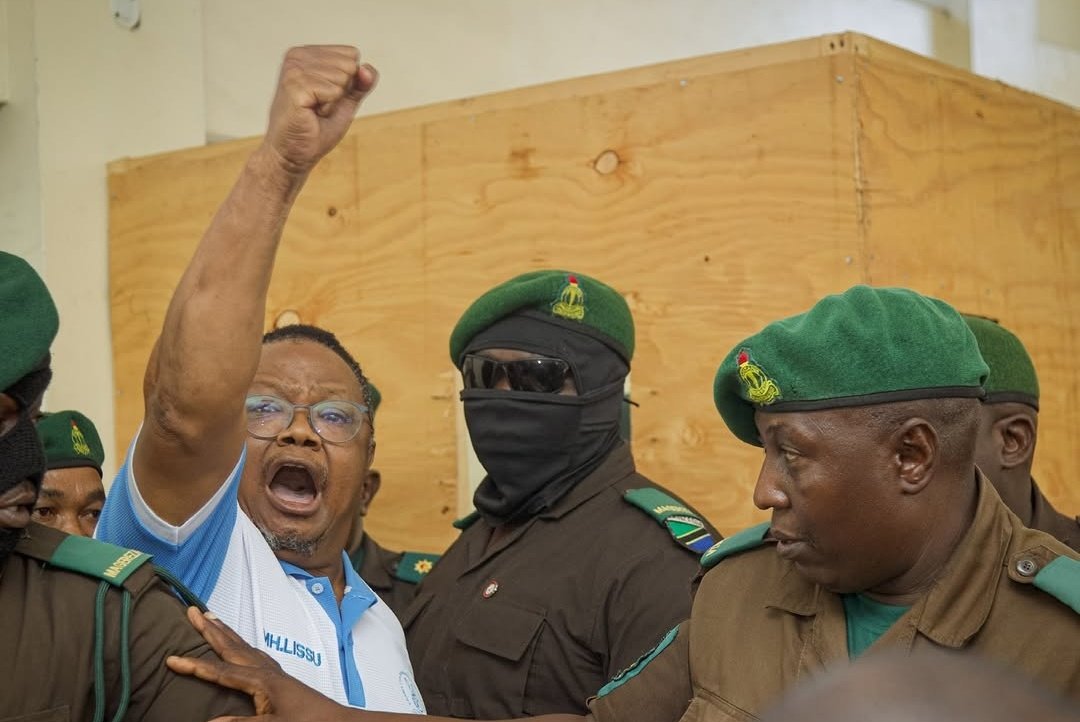Sudan faces mounting hunger crisis as rainy season threatens to cut aid access
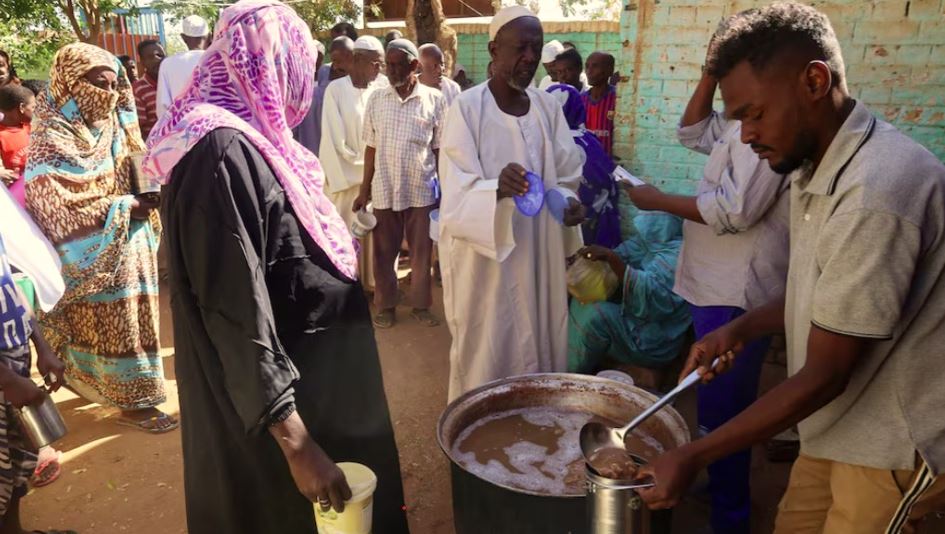
Two years of devastating conflict have transformed Sudan into the world’s largest hunger crisis, with nearly half the population, approximately 24.6 million people, now facing acute hunger.
The World Food Programme (WFP) has issued an urgent call for immediate and unhindered access to preposition food assistance across Sudan, as access to critical locations is increasingly jeopardised by ongoing conflict and the approaching rainy season.
The situation is dire, as roadways leading to famine-stricken regions risk becoming impassable, which could leave millions of people without the life-saving aid they desperately need.
More To Read
- Foreign aid cuts imperil millions in East Africa as hunger crisis deepens, World Vision warns
- MSF warns of rising sexual violence in Darfur, urges urgent protection, medical support
- 36,000 civilian deaths recorded in 2024 conflicts amid widespread use of banned explosives -UN
- Kenya walks diplomatic tightrope on Sudan amid accusations of RSF ties
- Sudan accuses UAE of May 4 drone attacks on Port Sudan
- Sudan tops global displacement record with 11.6m forced from homes amid escalating conflict
Two years of devastating conflict have transformed Sudan into the world’s largest hunger crisis, with nearly half the population, approximately 24.6 million people, now facing acute hunger.
The country is grappling with the highest number of people in catastrophic hunger (IPC5), with 638,000 individuals at imminent risk.
In response, the WFP has been working tirelessly to provide food and nutrition assistance to more than three million people each month. The organisation aims to expand this number to seven million by mid-year.
However, WFP operations are increasingly hindered by ongoing violence and deliberate obstructions.
The group’s ability to reach the most vulnerable populations in the country is being blocked by warring factions, and key roads are becoming inaccessible as the rainy season approaches.
“If we do not act quickly to preposition supplies, millions will be cut off from life-saving aid, and the gains we have made in alleviating hunger will be reversed,” said a WFP spokesperson.
Famine has already been confirmed in 10 locations, with the most severely affected areas being North Darfur and the Western Nuba Mountains.
The situation is exacerbated by high levels of malnutrition, particularly among children. In some of the hardest-hit areas, one in three children is acutely malnourished, surpassing the thresholds for famine.
Despite these challenges, WFP has managed to deliver assistance to areas previously cut off by violence, such as Greater Khartoum, Gezira State, and the Darfur and Kordofan regions.
Since August 2024, over 30,000 metric tons of food have been delivered to Darfur through the reopened Adre border crossing, helping reduce the risk of famine in several regions.
However, the situation remains critical, and WFP continues to call for more storage capacity to reach at-risk communities faster.
One of the major hurdles for WFP’s operations is restricted access due to ongoing conflict and bureaucratic challenges.
Obstructing humanitarian efforts
Warring parties are obstructing humanitarian efforts, and the rainy season threatens to cut off even more roads.
In February, WFP had to suspend operations in the Zamzam Internally Displaced Persons (IDP) Camp due to escalating violence.
“Our teams are on the ground working with partners to resume assistance as soon as possible, but the need for secure access remains urgent,” the spokesperson said.
The crisis is also having a regional impact, with over a million Sudanese refugees fleeing to neighbouring South Sudan and Chad.
WFP is providing critical food aid, including fortified biscuits, hot meals, and nutrition support, to new arrivals at the border.
In Chad, nearly one million refugees and returnees are being assisted by the WFP.
To sustain these operations, the WFP is calling for $650 million in funding over the next six months to ensure continued aid delivery to the most affected areas.
The organisation stresses the importance of flexible funding to adapt quickly to the rapidly changing situation in Sudan.
Top Stories Today
